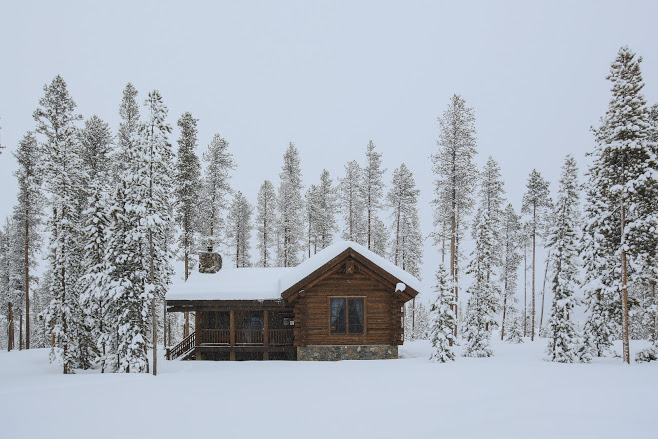Colorado Springs may be a beautiful place to live, but the cold winters can bring lots of snow damage to roofs in your area. While a snowy roof can muffle sound and provide some insulation, it can also wreak havoc on your roof. If you want to better protect your home from having snow damage to your roof, check out these three ways snow can ruin your roof.
1. It May Put Too Much Weight on the Roof
Your roof is strong enough to withstand the elements, but excess weight can cause complications, such as buckling or even total roof collapse. In most cases, a Colorado Springs roof can hold 20 pounds per square foot of snow. However, the slope and type of roofing material matter. Steeper roofs allow snow to slide right off. Similarly, roofs with light roofing materials like asphalt and metal may be able to hold more snow than a roof with heavy slate tiles.
On average, ten inches of fresh snow adds five pounds per square foot, but this freshly fallen snow is lightly packed, so it is light. The snow under the fresh snow, on the other hand, may be packed, causing it to weigh more. For example, in Colorado Springs if four feet of fresh snow fall onto your roof, your roof is probably fine. On the other hand, if two of those feet are packed snow, it could be too much weight for your roof to handle.
If you experience snow damage to your roof and it suddenly collapses under the weight of the snow, but you’ve been maintaining your roof, your homeowners’ insurance may cover some of the cost. However, if you’ve noticed signs of leaking and damage before the roof collapses but ignored them, the insurance carrier may argue the roof failed because you failed to maintain it.
2. It Can Lead to Ice Dams
Ice dams can form when trapped water or snow in the gutter turns to hard ice. Slowly, the ice dam builds up, preventing melted snow from leaving the roof. As a result, you may end up a pool of dammed water. With no place to go, the water is more likely to start deteriorating the roof and leading to wet insulation leaks and staining.
Ice dams are more common in Colorado Springs if you have heat leaking into the attic. As the attic warms, some of that heat warms the roof, which allows the snow to melt and the water to pool. For this reason, one of the best ways to prevent ice dams is to simply remove snow from your roof with a roof rake or push broom.
If you need to immediately drain the pooling water because it is leaking into the house, use warm water to melt part of the dam to give the water an escape route or contact Emergency Water Damage Services in Colorado Springs. To prevent the issue in the long-term, make sure to better seal your ceiling to keep heat out of the attic.
3. It Increases the Risk of Leaks
Naturally, snow and ice stuck on the roof increase the risk of leaks inside the home. Thanks to the attic, however, you may not even realize you have a leak until it has become severe. For this reason, you should check your attic regularly for signs of damage, such as rotting wood, wet insulation, and mold growth. All this extra moisture and rotting can also attract pests.
If the moisture makes it through your attic, you may start noticing stains or mold growth on the ceiling. If left untreated, the damage may travel down walls or reach floors. It can even destroy your personal belongings such as a couch or carpet. Because this process is slow and progressive, insurance probably won’t pay for repairs.
Roofs require a lot of maintenance, and if you get a lot of snowfall in the winter, part of that maintenance involves snow removal, prevention, and repairs. If you would like to know more about snow damage to your roof, contact us at Empire Roofing and Restoration in Colorado Springs today.

